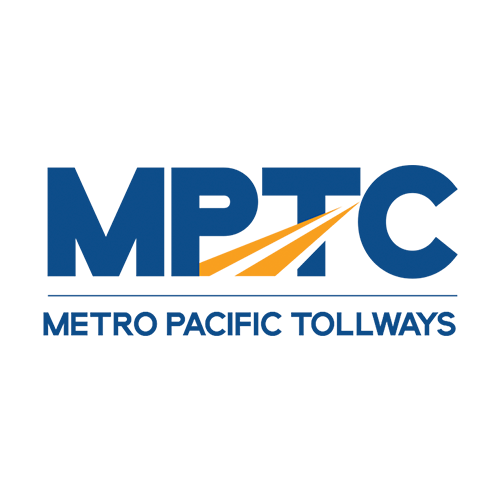Metro Pacific Tollways Corp. (MPTC) is spending up to P10 billion to transition all its expressways to a barrier-free system.
“We want to move into the internationally accepted standards of tollway operations, barrier less and multi-road. Under this standard, you can go much faster than the over speeding limit,” Rogelio Singson, president and chief executive of MPTC, said.
“This one could range from P8 billion to P10 billion,” he quickly added.
Roberto Bontia, MPTC chief transformation officer said, the implementation will be undertaken in “phases” where the North Luzon Expressway, Subic Clark-Tarlac Expressway and the NLEX Connector Road will be the first to complete the rollout by end 2025.
“CALAX and CAVITEX are foreseen to go-live by end 2026,” he added.
Bontia said studies have shown that “barrier-free” set-ups at tolling points in expressways reduce carbon emissions by as much as 30 percent, contributing to environmental sustainability.
MPTC operates the NLEX, SCTEX, Manila Cavite Expressway, C5 Link Expressway and Cavite Laguna Expressway.
Data show that as of September 2023, the average daily traffic along NLEX count 321,384 vehicle entries. The average daily traffic along SCTEX count another 77,878 vehicle entries.
The average daily traffic at the Connector Road Section 1 count 12,000 vehicles per day, the Cavitex, 158,000 vehicles, the Calax, 34,000 vehicles and Cavitex C5 Link another 14,000 vehicle entries per day.
Alvin Carullo, TRB executive director, said the barrier-less program will be implemented in phases to facilitate the smooth transition of policies and technology, as well as to avoid so-called motorists’ birth pains.
Phase 1 is scheduled to be implemented in November 2024. In this phase, only the toll barrier at the entry will be removed and all the exit lanes will still maintain barriers, according to Carullo.
“The succeeding phases wherein all the exit barriers will be removed is initially scheduled in 2025 to 2026,” he said.







